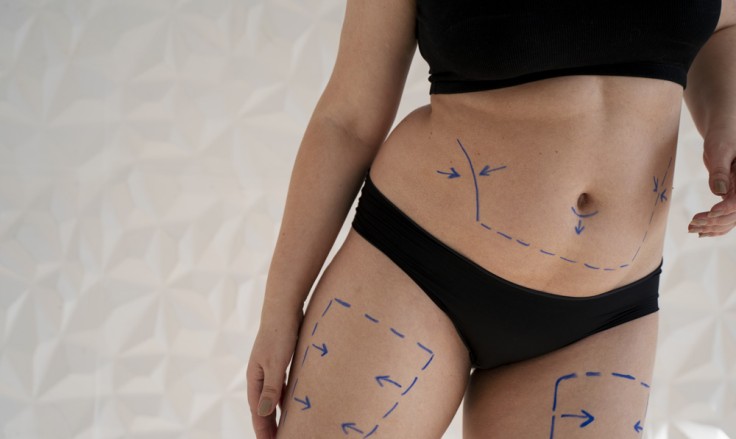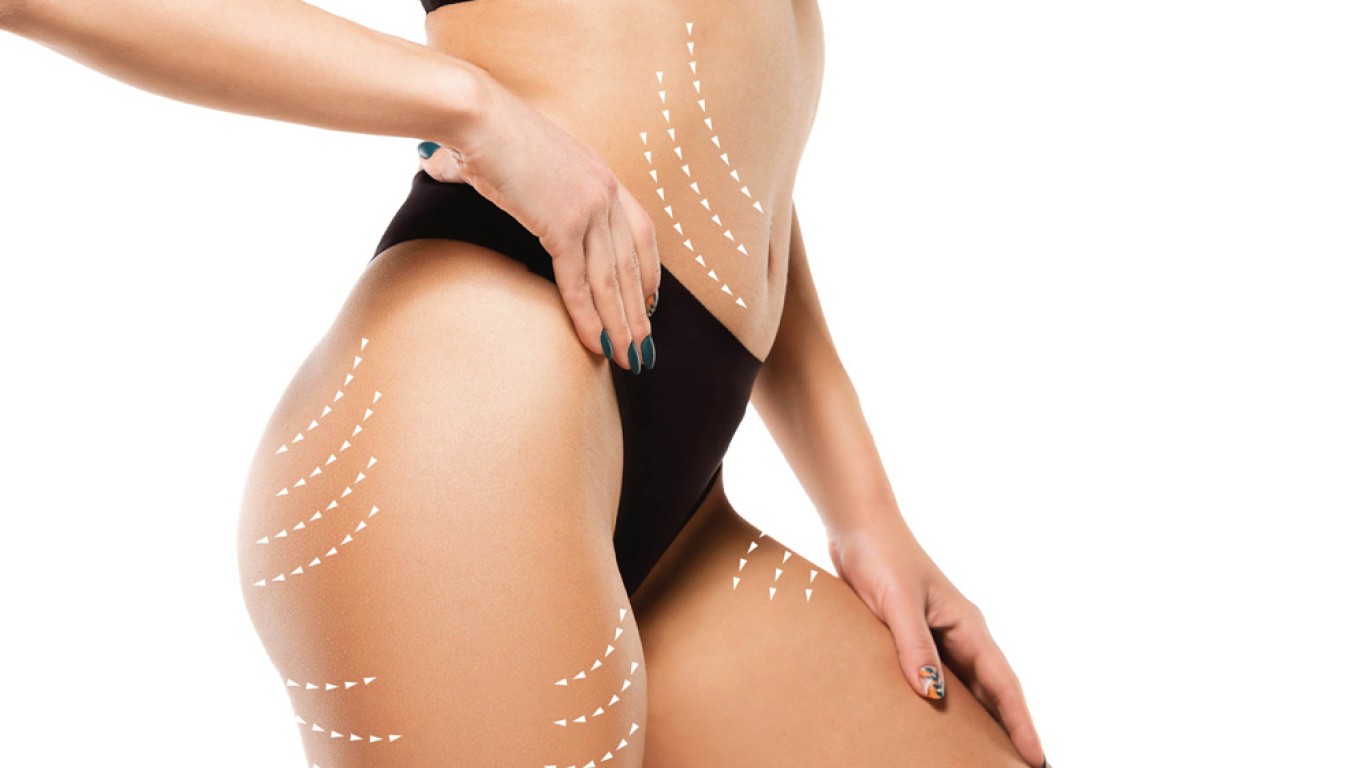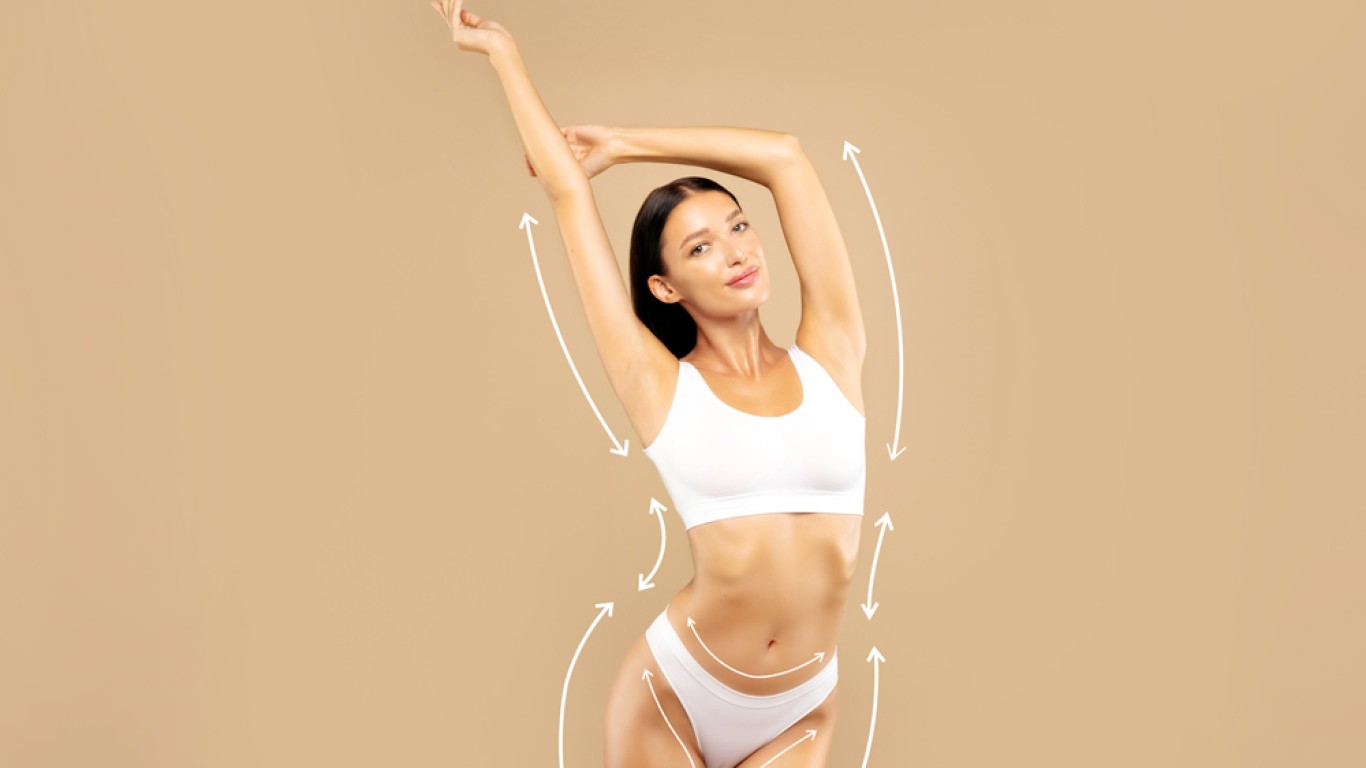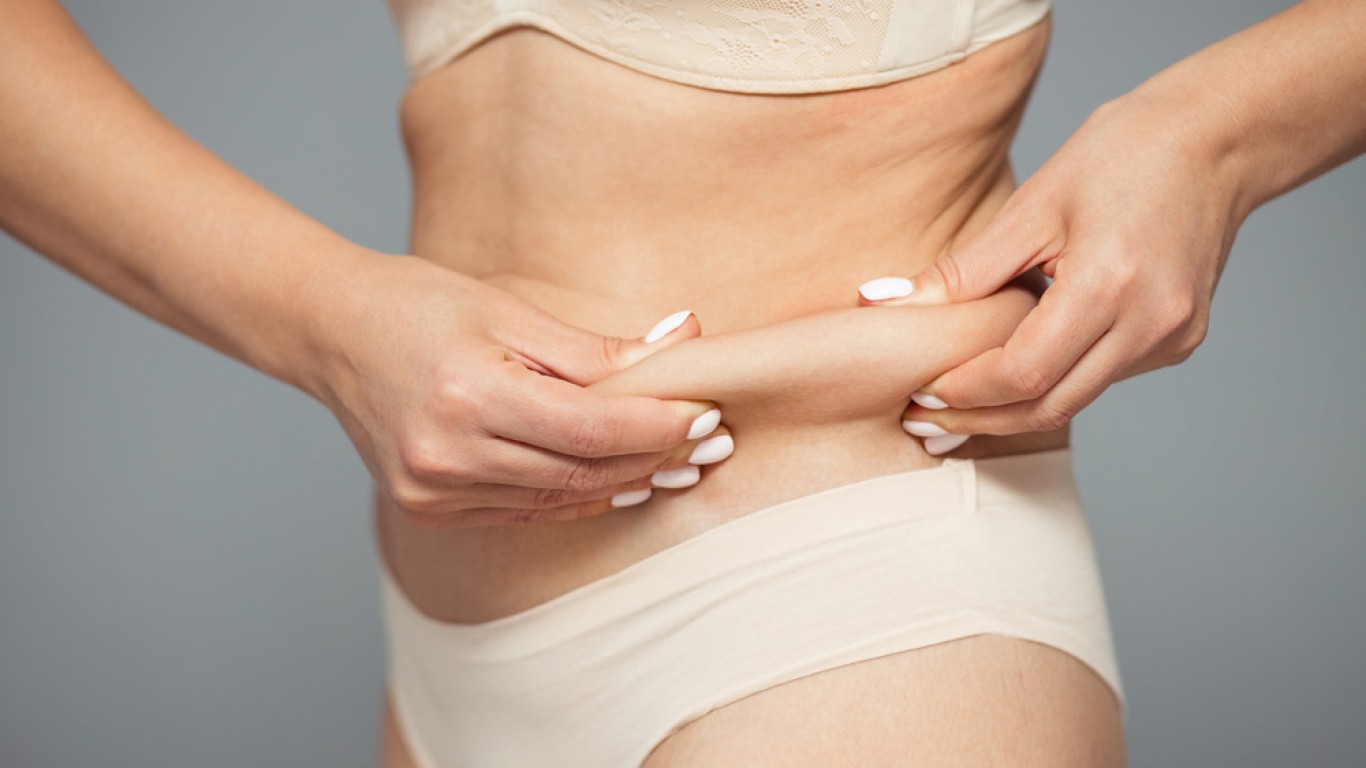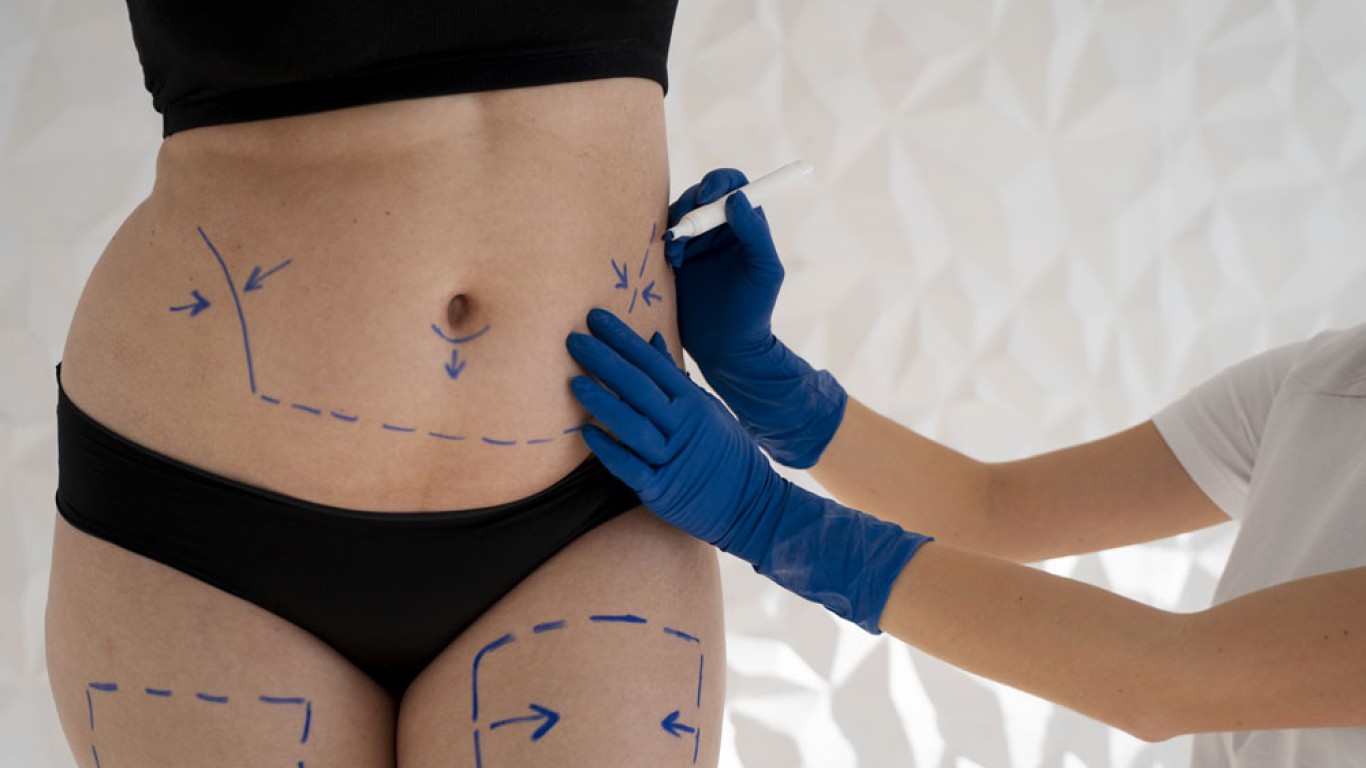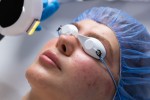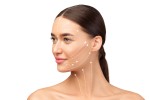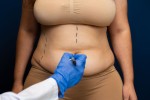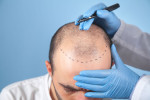Introduction
Liposuction technology has evolved significantly, offering patients safer and more effective fat removal options. Advances in techniques and equipment have improved precision, minimised recovery time, and enhanced results. Traditional liposuction involved manual fat extraction, often leading to bruising and prolonged downtime. However, modern innovations now provide minimally invasive alternatives with quicker healing. This article explores the latest developments in liposuction technology and how they benefit patients.
Laser-Assisted Liposuction
Laser-assisted liposuction (LAL) is a breakthrough that enhances fat removal while tightening skin. This method uses laser energy to liquefy fat before extraction. Consequently, the procedure reduces trauma to surrounding tissues, leading to less swelling and bruising. Additionally, LAL stimulates collagen production, improving skin elasticity and preventing sagging. Popular laser-assisted techniques include SmartLipo and SlimLipo, both known for their precise contouring effects. Many patients opt for this method due to its ability to target stubborn fat with minimal downtime.
Ultrasound-Assisted Liposuction
Ultrasound-assisted liposuction (UAL) uses sound waves to break down fat cells before removal. This technology allows for smoother extraction, reducing damage to blood vessels and nerves. VASER liposuction is the most well-known UAL technique, offering high precision in body sculpting. Additionally, VASER liposuction enhances skin retraction, making it ideal for treating delicate areas. Patients benefit from quicker recovery times and improved contouring compared to traditional methods. The ability to selectively target fat cells ensures smoother and more natural-looking results.
Radiofrequency-Assisted Liposuction
Radiofrequency-assisted liposuction (RFAL) combines fat removal with skin tightening for enhanced results. This method delivers controlled radiofrequency energy to liquefy fat and stimulate collagen production. BodyTite is a leading RFAL technology known for its ability to firm loose skin. Additionally, this approach minimises surgical trauma, reducing post-operative discomfort and recovery time. Patients seeking both fat reduction and skin tightening often prefer RFAL techniques. Furthermore, the heat generated during the procedure enhances long-term skin texture and firmness.
Water-Assisted Liposuction
Water-assisted liposuction (WAL) gently removes fat using a pressurised water jet. This technique preserves surrounding tissues, resulting in reduced swelling and bruising. Additionally, WAL allows for more even fat removal, creating smooth and natural contours. Body-Jet is a widely used WAL system that improves precision while reducing patient discomfort. Many surgeons prefer this technique due to its ability to harvest fat cells for transfer procedures. Furthermore, WAL requires less recovery time compared to traditional liposuction, making it a popular choice.
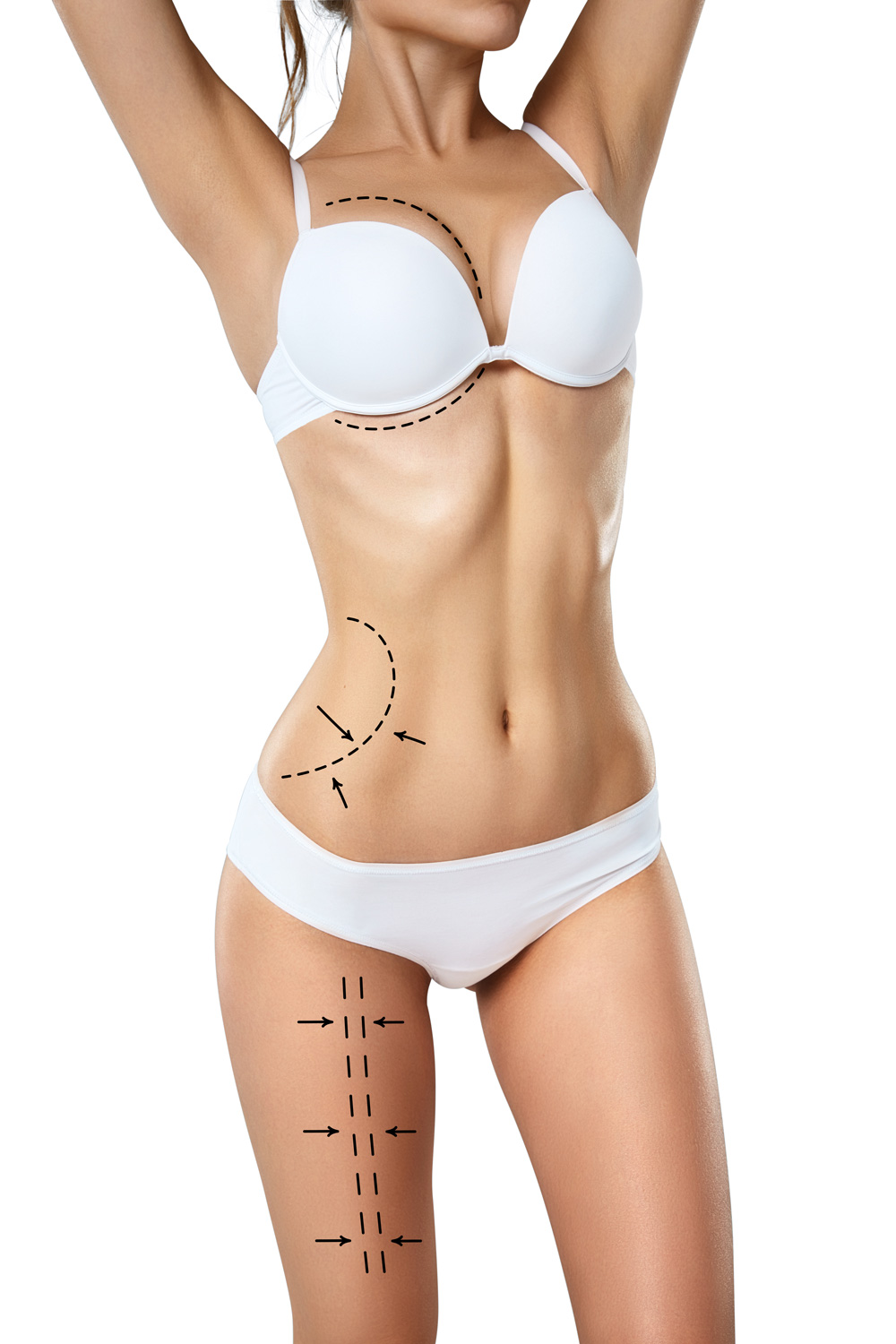
High-Definition Liposuction
High-definition liposuction (HDL) sculpts the body by enhancing natural muscle definition. This advanced method removes fat with extreme precision, creating a more athletic appearance. VASER High-Definition is a leading HDL technique known for defining abdominal muscles and other body contours. Additionally, HDL is favoured by individuals looking to achieve sculpted and toned results. This approach works well for patients who maintain a healthy lifestyle but struggle with stubborn fat. Many fitness enthusiasts choose HDL to enhance muscle visibility and body aesthetics.
Minimally Invasive Liposuction Techniques
Modern liposuction methods focus on minimising invasiveness to reduce recovery time. Technologies like laser, ultrasound, and radiofrequency ensure precise fat removal while preserving surrounding tissues. Additionally, small incisions and improved cannulas make procedures less traumatic for patients. Many techniques now use local anaesthesia, eliminating the risks associated with general anaesthesia. As a result, patients experience faster healing and reduced post-operative discomfort. Minimally invasive approaches continue to gain popularity due to their efficiency and improved patient outcomes.
Enhanced Safety Measures in Liposuction
New advancements in liposuction technology prioritise patient safety. Innovations like real-time fat monitoring improve accuracy and reduce complications. Additionally, advanced suction devices minimise trauma by controlling pressure during fat removal. Many modern techniques also incorporate thermal sensors to prevent overheating of tissues. These improvements ensure safer procedures and more predictable results. Patients can now undergo liposuction with greater confidence in the safety and effectiveness of the treatment.
Faster Recovery with New Techniques
One of the biggest benefits of modern liposuction technology is reduced recovery time. Minimally invasive methods cause less tissue trauma, leading to quicker healing. Additionally, post-operative care has improved with better pain management and compression garment advancements. Many patients resume daily activities within a few days, depending on the procedure. Furthermore, techniques that stimulate collagen production help the skin adapt more quickly. Shorter recovery times make liposuction more accessible and convenient for individuals with busy lifestyles.
Future Trends in Liposuction Technology
The future of liposuction technology continues to evolve with ongoing research and development. Scientists are exploring non-surgical fat reduction methods that combine radiofrequency, cryotherapy, and ultrasound. Additionally, AI-driven imaging techniques may improve precision in body contouring treatments. Emerging technologies focus on maximising results while minimising downtime and risks. Furthermore, personalised treatment plans based on genetic factors may revolutionise fat removal procedures. As technology advances, liposuction will continue to become safer, more efficient, and highly customised.
Conclusion
Liposuction technology has significantly improved, offering safer and more effective body contouring solutions. Innovations such as laser-assisted, ultrasound-assisted, and radiofrequency-assisted techniques enhance results while reducing downtime. Additionally, high-definition liposuction and minimally invasive methods provide more precise sculpting. Patients now benefit from enhanced safety measures and shorter recovery times. As future advancements continue, liposuction will become even more efficient and accessible. Choosing a skilled surgeon and the right technology ensures optimal outcomes. Understanding these innovations helps patients make informed decisions about their body contouring journey.
For more information on liposuction and to book a consultation visit the ACIBADEM Beauty Center Liposuction webpage.
Frequently Asked Questions
Laser-assisted liposuction liquefies fat using laser energy, making removal easier and promoting skin tightening.
Yes, it breaks down fat cells more precisely, reducing tissue damage and improving body sculpting results.
This method removes fat while tightening skin, reducing sagging and enhancing post-surgical contours.
Most patients resume normal activities within a few days, but full recovery may take weeks.
Future developments include AI-assisted contouring, non-surgical fat reduction, and more personalised treatment options.
